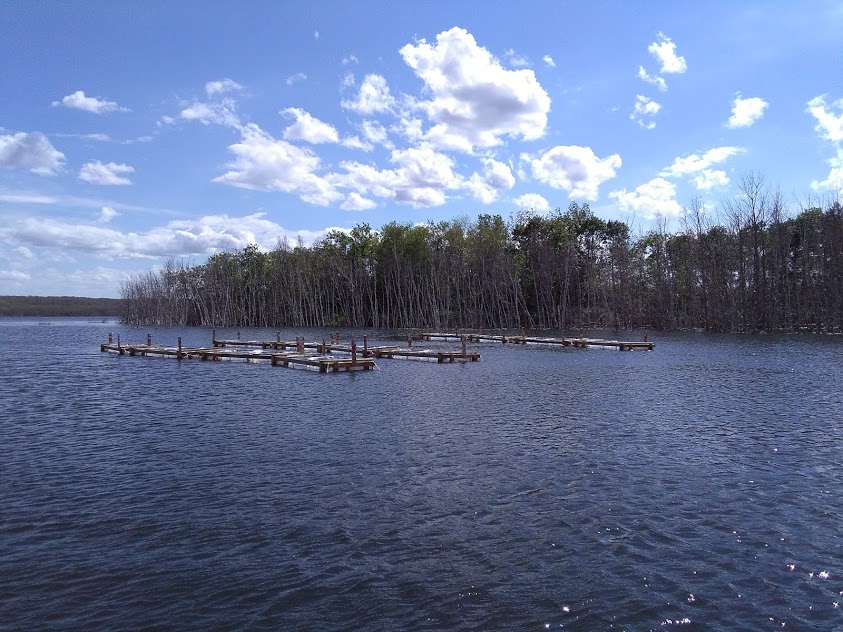Can disperal buffer against zooplankton community changes in Great Plains' lakes?

Understanding the potential impacts of climate change on aquatic habitats is one of the most challenging tasks currently facing aquatic ecologists. We propose to conduct research that will assess how zooplankton – a group of invertebrates that play a key role in the food webs of lakes – will respond to climate-driven salinity increases in lakes on the North American Great Plains. Rising salinity levels may lead to the loss of salinity intolerant zooplankton in affected lakes, but local adaptation or dispersal of salinity-tolerant genotypes from surrounding lakes could prevent or offset these losses. For this study, we will run a field enclosure experiment to determine if dispersal can buffer against salinity-induced changes in zooplankton communities. We will run our experiment in Kenosee Lake in southwestern Saskatchewan over a four-week period. Our experiment will consist of 24 zooplankton communities housed in enclosures in a nested design, with two dispersal treatments (active and passive) and four salinity levels (Ambient, 5.0, 7.5, and 10.0). In the active dispersal treatment, we will artificially increase dispersal by providing an influx of zooplankton from surrounding lakes, while the passive dispersal treatment will only receive natural colonizers dispersing via wind, rain, or waterfowl. Changes in zooplankton community structure over time will be assessed using Principle Components Analysis, and differences in abundance, diversity, and richness among treatments will be examined with nested ANOVAs. Our results will indicate if food web changes are likely in Prairie lakes as salinity increases and whether natural or artificial rates of dispersal may buffer against these changes.
Associated students: Mercedes Huynh
Funding: NSERC, Wilfrid Laurier University
Associated publications: Huynh and Gray (2019)